5. Wings of Desire (1987) Dir. Wim Wenders
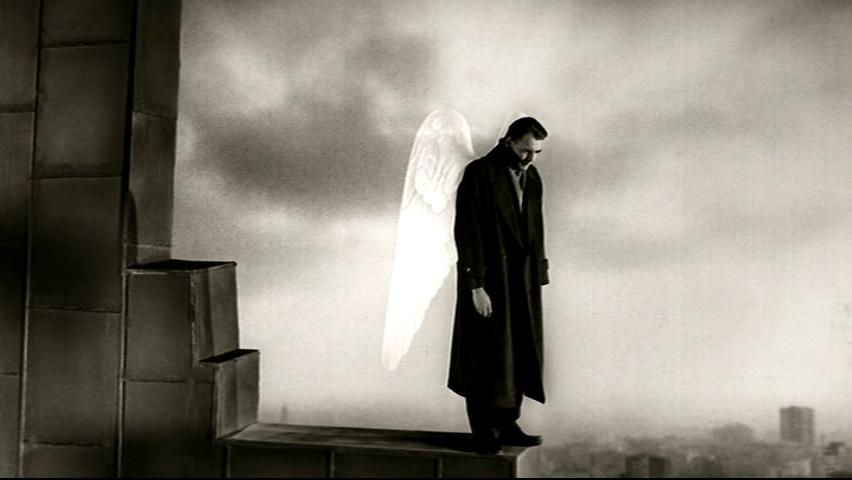
Wim Wenders’ fantasy film is about immortal angels who have lived on Earth since the very beginning of times. These angels, who populate Berlin and are only visible to children, can hear people’s thoughts, which are mostly worries. They try to comfort those who are in distress, but sometimes, their work is not enough for people who are really desperate and decide to put an end to their life.
Damiel, one of the angels, falls in love with a lonely French trapeze artist, so he decides to become human in order to feel what the mortals feel. Before falling in love, Daniel wonders how would it be to feel the small things of life we usually don’t pay much attention: our bones when we walk, the taste of food, or the touching of a loved one.
“Wings of Desire” is a mostly black-and-white film that is considered by many one of the most beautiful of the ‘80s, not only for its marvelous and moving story, but also for the stunning shots we find. The aerial shots of the city of Berlin make us feel as if we were angels all the time, and in some way we are. Considering that they’re only spectators of “real life,” we’re experiencing the same thing when watching the film.
Moreover, It’s very interesting the creative idea of the director who decided to blend black and white with color in order to show us the incapacity angels have to feel or perceive colors. It’s one of the best film’s that are worth watching because it has everything you can expect from an enjoyable movie: good actors, original plot, a deep and beautiful message that could lead you to different interpretations, and a fascinating atmospheric cinematography.
Taking into account the aforecommented details, it’s no wonder that Wenders’ film won awards for Best Director at the Cannes Film Festival and European Film Awards.
4. Chungking Express (1994) Dir. Wong Kar-wai
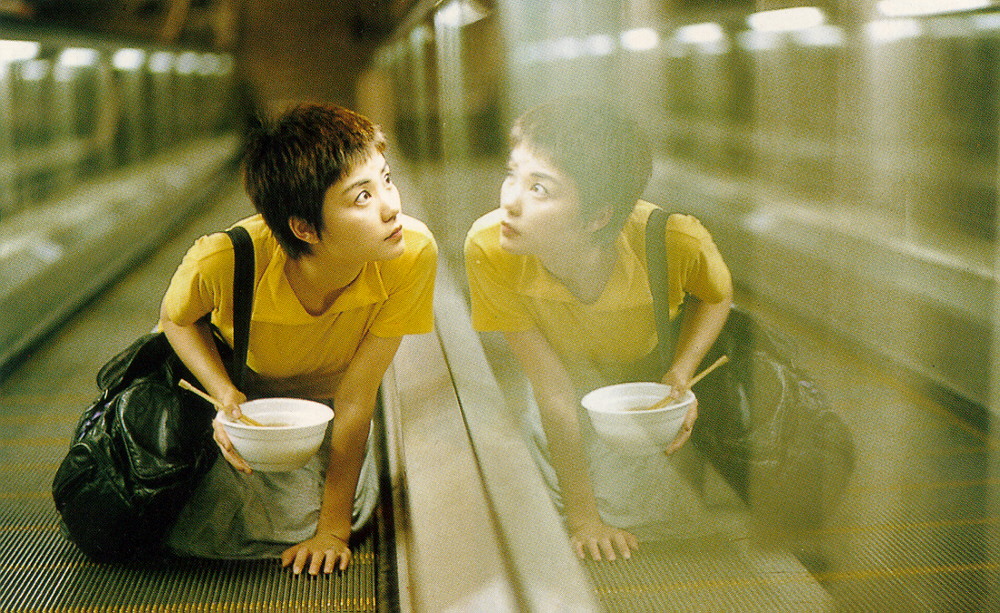
The movie tells separate stories about two lonely Hong Kong policemen, each trying to cope with the loss of their girlfriend. It’s a film about the fleetingness of life in the present, and we can see this, for instance, when He Zhiwu, Cop 233, wishes for his memories to be canned so they would last for centuries.
Since He and his girlfriend split up on April Fool’s Day, he buys a can of pineapple with a sell-by date of May 1 every day until his girlfriend changes her mind; if she doesn’t change her mind soon, their love will also expire.
On the other hand, we have the story of Cop 663. He tries to deal with a breakup while Faye, a girl who scarcely knows him, falls in love with him and breaks up into the cop’s home in order to keep it tidy and clean. At first, Cop 663 doesn’t realize of the changes in his home until one day something unexpected happens.
Wong’s extraordinary capacity to create moods of longingness, which end up being a beautiful melancholy, makes the film have a unique atmosphere that can only be found in here. However, the film was supposed to be divided into three different stories, so if you liked “Chungking Express,” don’t miss “Fallen Angel” (1995), which is more or less the continuation.
When it was released in the United States, the film generally received positive criticism; in fact, there’s a video on YouTube of Quentin Tarantino talking about this perfect movie. In the mid ‘90s, the film won several awards in the Stockholm International Film Festival, the Golden Horse Awards, and the Hong Kong Film Awards.
3. Children of Paradise (1945) Dir. Marcel Carné
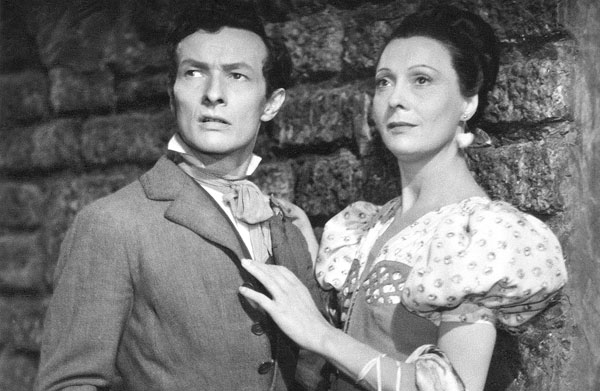
This film is divided into two different parts as if it were a play. The story, based on Jean-Gaspard Deburau’s life, a Bohemian-French mime who was very well known in France during the 1820s and 1830s, shows us the deep love of Baptiste Deburau and Garance.
In the first part, Baptiste saves her from going to prison, and as a token of gratitude, she throws a rose at him. It’s in this moment when the mime falls in love. However, out of timidity, Baptiste misses the chance to conquer Garance and she becomes the lover of the actor Fréderick Lemaître. As the story goes on, it gets into a hopeless tangle for poor Baptiste.
Why is this a perfect movie? Because it shows the eternal romance of theater in a beautiful poetic-realistic way; the acting of great actors such as Arletty, Jean-Louis Barrault, or Pierre Brasseur is superb; the dramatic language they use makes it more beautiful, giving a theatrical and precious tone to the movie; and the incredible sets of the great production designer Alexandre Trauner.
Carné discovered that back in 19th century France, people used the French word paradis in order to refer to the upper balcony in a theater, commonly named the henhouse. He decided to make a play on words taking the name of a toy store called Les paradis des enfants that no longer exists.
According to Carné, “The children could be the dead, so they are in heaven/paradise, or they could be the actors who play those characters. Also, the actors can be the children of the audience up there in Paradise.”
“Children of Paradise” has been included to film critic Roger Ebert’s collection of movies and the TIME 2005 list of the greatest films made since 1923.
2. Seven Samurai (1954) Dir. Akira Kurosawa
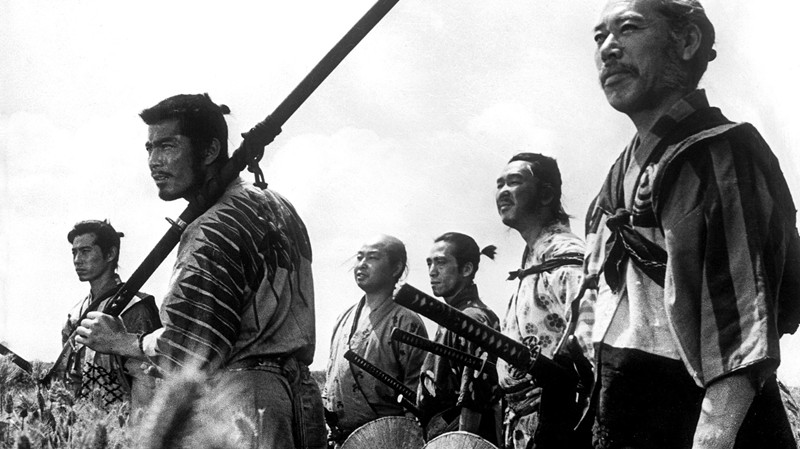
This jidaigeki three-hour-and-a-half film tells the story of seven samurai who are hired by a group of villagers to kill a group of bandits. The film is divided into two parts: in the first part, the samurai are hired by the villagers and the warriors manage to train them, and in the second, the war against the bandits begin. The last battle scene takes place in the village under a torrential downpour, and what we find is not gratuitous violence, but the real face of a pyrrhic victory.
In contrast to the action moviegoers are accustomed to watching, Kurosawa focuses more on the consequences of violent actions rather than violence itself. For instance, in the last battle scene, instead of paying too much attention on the action of a killing, we have a wider range of the consequences, so viewers can watch the demise of every bandit. Take for instance any superhero movie fighting scene, the camera focuses on the main character and they’re never out of frame.
This is one the most known Kurosawa’s film next to “Rashomon” (1950); in fact, there’s an enormous mural of the film at Toho Studios. Although when it premiered, the film didn’t receive enough international positive criticism. In 1956, critic Bosley Crowther watched this film, under the title of “The Magnificent Seven,” and claimed, “[This] extraordinary film, which matches his first [Rashomon] for cinema brilliance … bears cultural comparison with our own popular western ‘High Noon.’ That is to say, it is a solid, naturalistic, he-man outdoor action film, wherein the qualities of human strength and weakness are discovered in a crisis taut with peril.”
1. Vertigo (1958) Dir. Alfred Hitchcock
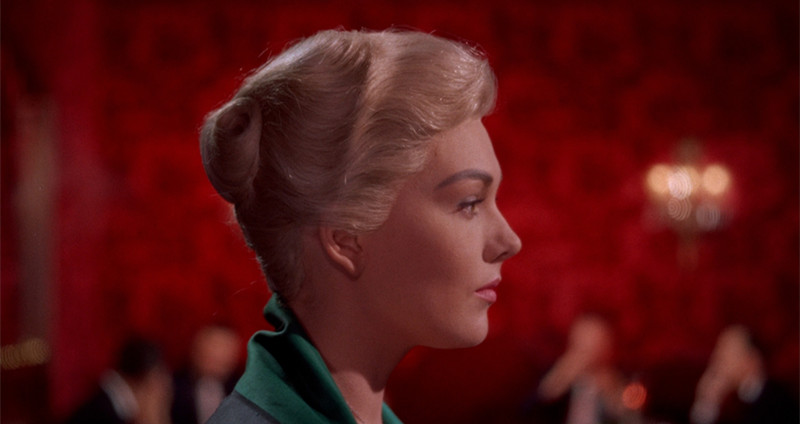
“Vertigo” shows us the story of John “Scottie” Ferguson, an ex-police officer who starts to suffer from vertigo after a rooftop chase. Consequently, Scottie decides to retire; however, his career as detective is not finished yet, since an old friend of his asks him to follow his wife, Madeleine, who’s supposed to be in danger. Scottie reluctantly agrees, and follows Madeleine’s mysterious stroll, which makes Scottie investigate Carlotta Valdes, who turns to be Madeleine’s great-grandmother. It is in this moment of the film when the story starts to become more and more haunting and exciting.
Hitchcock’s most studied and analyzed film appears in history books not only because is a well-constructed suspense story from the first to the last scene, but also because we’re able to see how the director masterly puts a lot of care into the filmmaking and creates a story in which a hero is obsessed and driven by obsession.
Many things could be said about “Vertigo”: its visual precision that shows the inside of each character, its intriguing mystery, the extraordinary performance of James Stewart, Kim Novak and Barbara Bel Geddes, or even about Saul Bass, who provides the essence of tragedy to the film with his beautiful and powerful graphic designs.
As you know, Hitchcock is one of those directors who never received an Oscar such as Luis Buñuel, Charles Chaplin or Stanley Kubrick. However, François Truffaut and his friends of the Nouvelle Vague were the first who did really recognize his work, and regarded Hitchcock as a real artist rather than a populist. In fact, it was not until the 21st century with the Sight and Sound polls when “Vertigo” was re-evaluated in order to bring up to date the contemporaneous negative reception the film received.